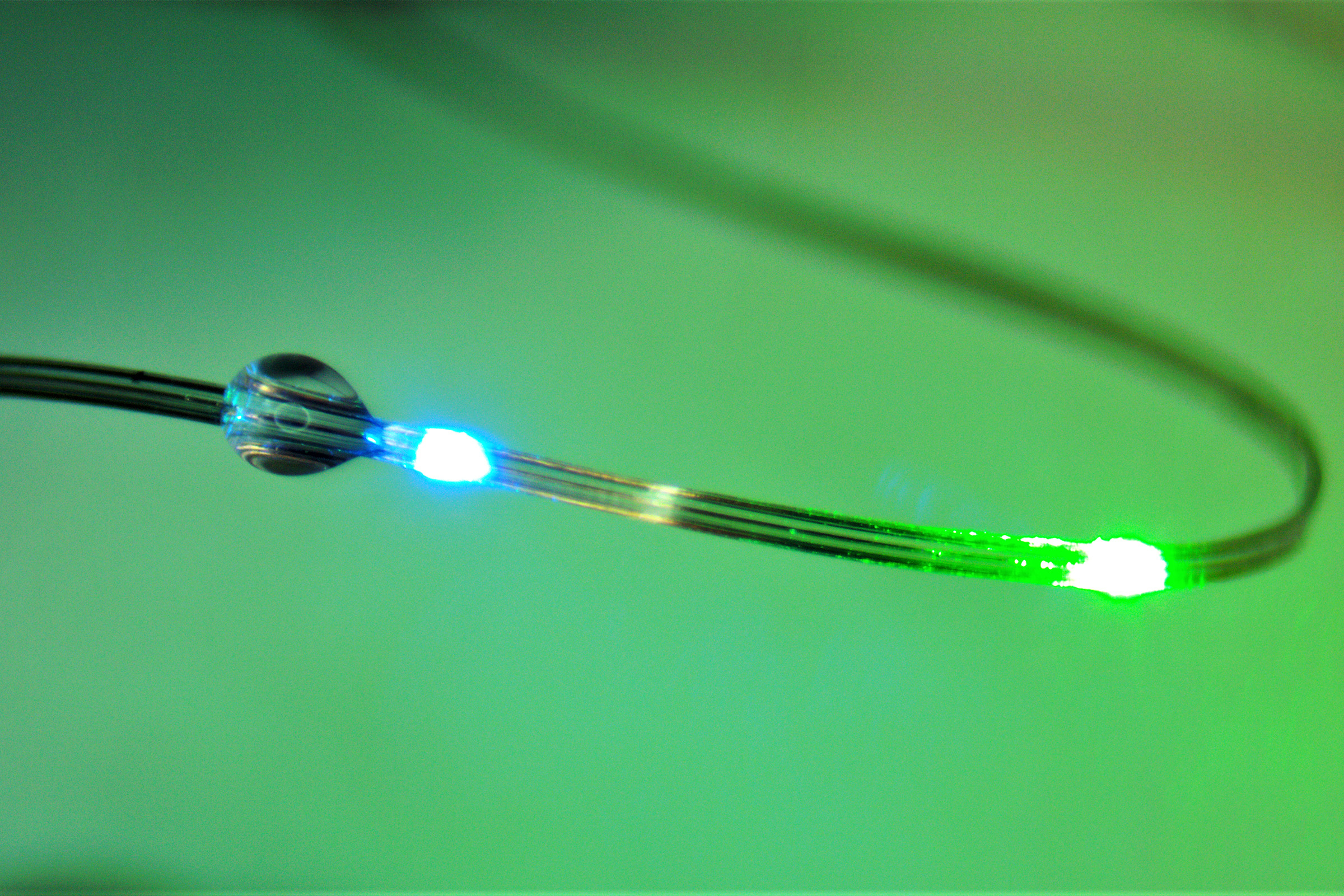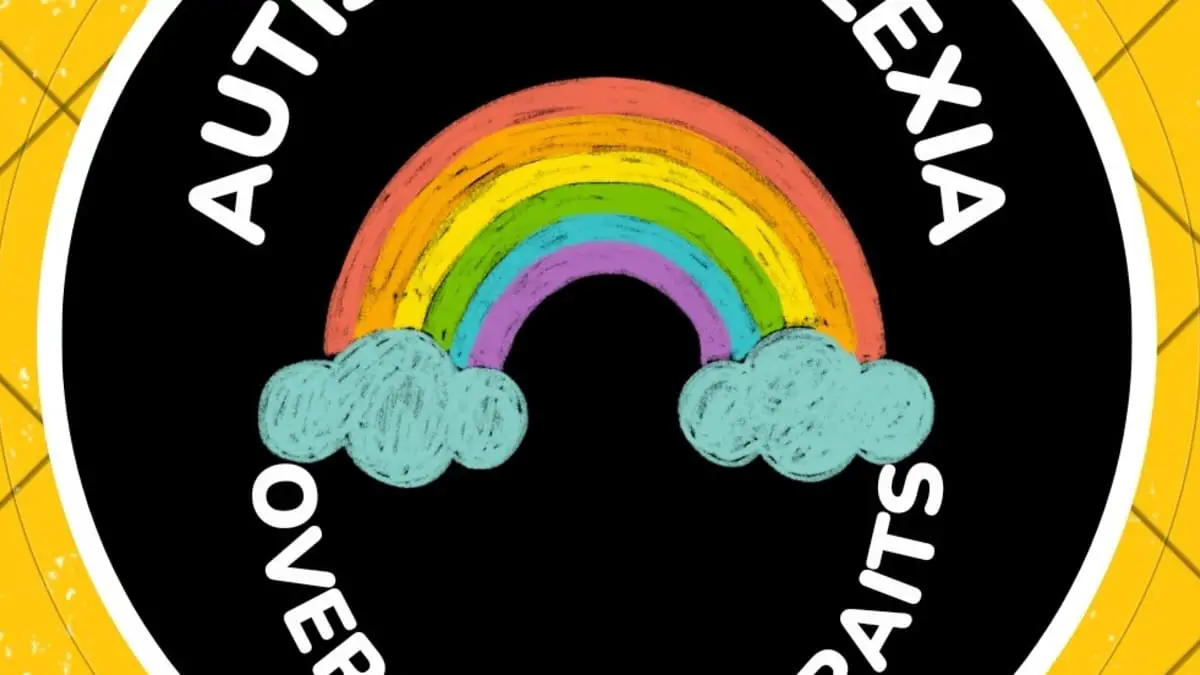No, dyslexia is not on the autism spectrum. Dyslexia is a specific learning disorder that affects reading and language processing, while autism spectrum disorder (ASD) is a developmental disorder that affects social interaction and communication.
Many people confuse dyslexia with being on the autism spectrum, but they are distinct conditions. Dyslexia is characterized by difficulty reading, spelling, and writing, while ASD involves challenges with social interaction, communication, and restricted and repetitive behaviors. While some individuals may have both dyslexia and ASD, they are not inherently linked.
Understanding the differences between dyslexia and ASD is crucial for proper diagnosis, intervention, and support for individuals with these conditions. We will explore the unique characteristics of dyslexia and autism spectrum disorder, as well as how they can be effectively managed and supported.
Dyslexia And Autism Spectrum: Clarifying Connections
When it comes to learning difficulties and neurodevelopmental disorders, there are often overlapping characteristics that can lead to misconceptions and misunderstandings. One such connection that has been the subject of confusion is the apparent association between dyslexia and Autism Spectrum Disorders (ASD). In this blog post, we’ll explore the prevalence of dyslexia and ASD, debunk common misunderstandings about the relationship between the two, and emphasize the importance of accurate diagnosis and awareness.
Prevalence Of Dyslexia And Autism Spectrum Disorders (asd)
Both dyslexia and ASD are fairly prevalent conditions, but it’s important to recognize that they are distinct and separate disorders. According to the Dyslexia Association of Ireland, dyslexia affects approximately 10% of the population, while the Centers for Disease Control and Prevention estimates that about 1 in 54 children has been identified with ASD.
Exploring Common Misunderstandings About Dyslexia And Asd
There has been a tendency to conflate dyslexia with ASD due to the overlapping symptoms, such as difficulty with communication and social interaction. However, it’s crucial to understand that while individuals with dyslexia may face challenges in reading, writing, and spelling, those with ASD may experience a broader array of difficulties including sensory sensitivities and repetitive behaviors. It’s important to dispel the misconception that all individuals with dyslexia are on the autism spectrum, and vice versa.
The Importance Of Accurate Diagnosis And Awareness
Accurate diagnosis is vital for ensuring that individuals receive the appropriate support and interventions. Misdiagnosis or overlooking co-occurring conditions can lead to ineffective treatment and unnecessary confusion. By raising awareness about the unique characteristics of dyslexia and the distinct features of ASD, we can help to ensure that individuals receive the targeted assistance they need.
The Autism Spectrum Explained
Defining Autism Spectrum Disorders
Autism spectrum disorders (ASD) are a range of neurodevelopmental conditions characterized by challenges with social skills, repetitive behaviors, and communication difficulties. It encompasses a wide range of symptoms, skill levels, and impairments, making each individual’s experience unique.
The Range Of Symptoms And Severities In Asd
ASD can manifest in various ways, with symptoms including difficulty in social interaction, communication challenges, repetitive behaviors, and sensory sensitivities. The severity of these symptoms can differ significantly from person to person, leading to a spectrum of presentations within the disorder.
Recognizing The Misconceptions About Asd And Intelligence
There are misconceptions about the relationship between ASD and intelligence. It is important to understand that intelligence is not solely determined by an individual’s ASD diagnosis. People with ASD can have a wide range of intellectual abilities, and it’s essential to avoid making assumptions about an individual’s cognitive capabilities based solely on their ASD diagnosis.
“` In the following blog post section, we will delve into the relationship between dyslexia and the autism spectrum, shedding light on the topic and addressing common misconceptions. Understanding the nuances of the autism spectrum is crucial for gaining insights into how it intersects with other neurodevelopmental conditions and impacts individuals’ lives. Let’s explore the complexities and diversity within the autism spectrum, providing a foundation for our discussion on dyslexia and ASD.Dyslexia: Beyond Reading Challenges
As we explore the topic of dyslexia, let’s delve beyond the commonly known reading challenges and uncover the broader impact and understanding of this condition.
What Is Dyslexia And What It’s Not
Dyslexia is a specific learning disability that affects an individual’s ability to read, write, and spell. It is not related to intelligence, and it is not a form of laziness or lack of motivation.
Debunking Dyslexia Myths
There are several misconceptions surrounding dyslexia. It is crucial to debunk myths such as dyslexia being a visual problem or a result of inadequate education. Understanding the reality is essential to provide appropriate support and resources to individuals with dyslexia.
Dyslexia’s Impact On Learning And Daily Life
Individuals with dyslexia often struggle with reading fluency and comprehension, spelling, and writing. This can impact their academic performance, self-esteem, and social interactions. Daily tasks that may seem simple to others, such as following written instructions or organizing thoughts, can pose significant challenges for those with dyslexia.

Credit: mcgovern.mit.edu
Is Dyslexia On The Autism Spectrum?
Dyslexia is not on the Autism Spectrum, as they are separate conditions. Dyslexia primarily affects reading and language skills, while Autism Spectrum Disorder involves challenges with social communication and behavior. However, individuals can have both conditions simultaneously. Understanding the distinctions between the two is crucial for accurate diagnosis and appropriate support.
Is Dyslexia on the Autism Spectrum? There is ongoing discussion within the scientific community regarding the relationship between dyslexia and Autism Spectrum Disorder (ASD). Both are neurodevelopmental conditions that impact cognitive and social abilities, leading to similarities in certain traits. Despite this overlap, it is crucial to understand the distinct neurological underpinnings of dyslexia and ASD, as well as the current research on dyslexia’s role in the broader spectrum of neurodiversity.Neurological Underpinnings Of Dyslexia And Asd
Dyslexia and ASD are distinct conditions, each with its own set of neurological underpinnings. Dyslexia, a language-based learning disorder, primarily affects reading and spelling abilities due to difficulties in processing language-based information. On the other hand, ASD involves challenges in social interaction, communication, and behavior, often linked to atypical neural connectivity and sensory processing.Current Research On Dyslexia’s Place In Neurodiversity
Recent research indicates that dyslexia and ASD exist within the broader context of neurodiversity, recognizing and respecting the variety of human neurological differences. This framework emphasizes the strengths and challenges associated with neurodevelopmental conditions, promoting inclusivity and understanding. By exploring dyslexia’s place in neurodiversity, researchers aim to better support individuals with diverse cognitive profiles in various contexts, from education to the workplace.Cross-over Traits Between Dyslexia And Asd
While dyslexia and ASD differ in their core characteristics, there are certain cross-over traits observed in some individuals. These may include difficulties with executive function, sensory processing issues, and challenges in social interactions. Recognizing these overlapping traits can lead to tailored interventions and support strategies that address the specific needs of individuals with co-occurring dyslexia and ASD. In conclusion, understanding the relationship between dyslexia and ASD is critical in providing comprehensive support to individuals with neurodevelopmental conditions. By delving into the neurological underpinnings, current research, and cross-over traits, we can foster a more inclusive and informed approach within the realm of neurodiversity.Unraveling The Connection: The Evidence
Comparative Studies Of Dyslexic And Autistic Traits
“` – Comparative studies have shown that while dyslexia and autism spectrum disorder (ASD) are distinct conditions, there are some overlapping traits and challenges shared by individuals with these conditions. Research has highlighted similarities in certain cognitive and social difficulties experienced by individuals with dyslexia and ASD. – For instance, both conditions are associated with challenges in processing language and communication, as well as difficulties in social interaction and understanding nonverbal cues. However, it is important to note that the underlying mechanisms and manifestations of these traits differ between dyslexia and ASD. “`htmlGenetic And Environmental Factors
“` – Genetic and environmental factors play crucial roles in the development of dyslexia and ASD. While dyslexia has a strong genetic component, with specific gene variants linked to the condition, the genetic architecture of ASD is more complex, involving a wide spectrum of genetic variations. – Furthermore, environmental factors such as prenatal and perinatal influences, as well as early childhood experiences, have been implicated in the development of both dyslexia and ASD. Understanding the interplay between genetic and environmental factors is essential for unraveling the complex relationship between these conditions. “`htmlImplications For Treatment And Support Strategies
“` – The co-occurrence of dyslexia and ASD underscores the importance of tailored and integrated approaches to intervention, treatment, and support for individuals with these conditions. Effective strategies should be multifaceted, addressing the unique needs and challenges associated with dyslexia and ASD. – Tailored educational programs, individualized literacy instruction, and targeted social skills interventions can help address the specific needs of individuals with dyslexia and ASD. By recognizing the distinct characteristics and challenges associated with each condition, professionals can tailor their approaches to best support individuals with co-occurring dyslexia and ASD. In conclusion, understanding the connection between dyslexia and ASD involves examining the comparative traits, genetic and environmental factors, and implications for treatment and support strategies. By unraveling the evidence, we can better support individuals with these co-occurring conditions, ensuring that they receive the tailored and holistic care they need to thrive.Frequently Asked Questions Of Is Dyslexia On The Autism Spectrum
Is Dyslexia Considered To Be On The Autism Spectrum?
Dyslexia and autism are separate neurodevelopmental disorders. While they share some similarities, such as difficulties with social interactions and communication, dyslexia primarily affects reading and writing skills, whereas autism encompasses a broader range of social and behavioral challenges.
What Are The Key Differences Between Dyslexia And Autism?
Dyslexia primarily impacts reading and writing abilities, while autism encompasses a broader spectrum of social and behavioral challenges. Individuals with dyslexia may struggle with decoding words and understanding written language, whereas those with autism may face difficulties in communication, social interactions, and behavior regulation.
Can A Person Have Both Dyslexia And Be On The Autism Spectrum?
Yes, individuals can have both dyslexia and be on the autism spectrum. This is known as comorbidity, where a person simultaneously experiences multiple neurodevelopmental disorders. It’s important to recognize and address the specific needs of individuals who may have overlapping challenges related to both dyslexia and autism.
Conclusion
Dyslexia and autism spectrum disorder share some similarities, but they are distinct conditions. Understanding the differences between the two is crucial for effective diagnosis and intervention. As awareness grows, it’s essential to provide support and resources to individuals and families affected by these conditions.
Keep educating yourself and others to create an inclusive and supportive environment.


